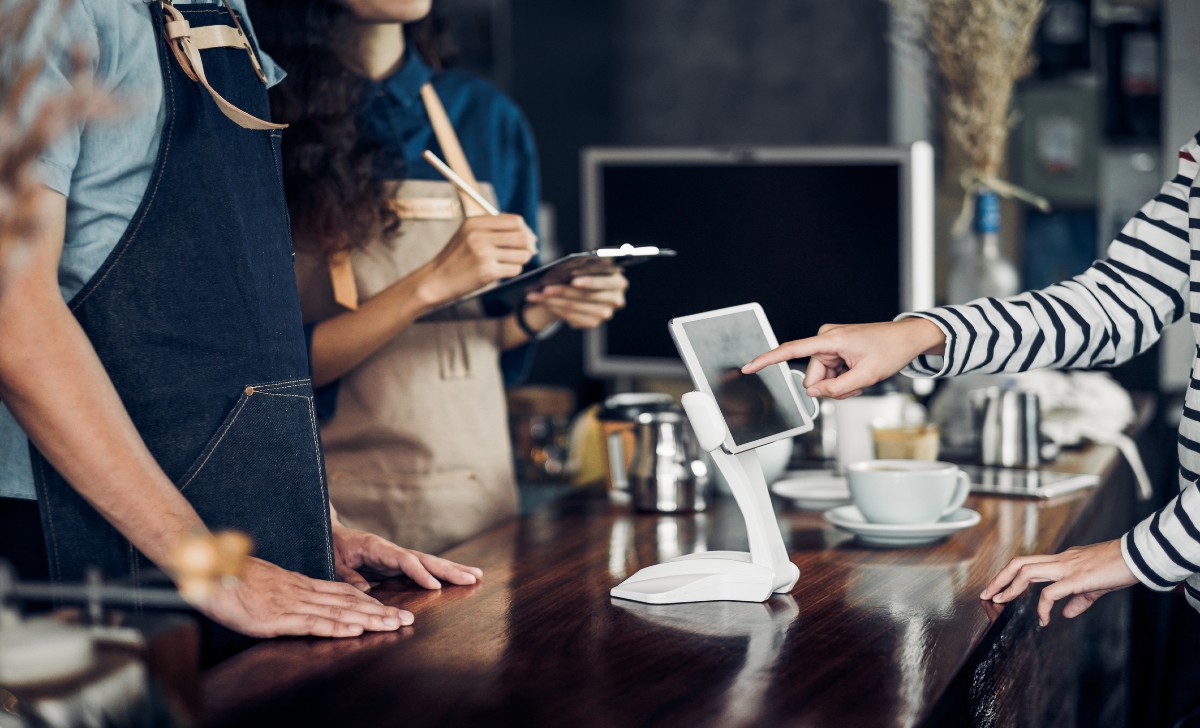The restaurant industry is undergoing a digital revolution, with technology permeating every aspect of the dining experience. From online reservations to mobile ordering and contactless payments, technology has become integral to how restaurants attract customers, streamline operations, and enhance guest satisfaction. In this article, we delve into the infiltration of technology in the restaurant business and its profound impact on the way we dine out.
Online Ordering and Delivery Platforms:
The rise of online ordering and delivery platforms has transformed the way consumers interact with restaurants. Apps and websites like Uber Eats, DoorDash, and Grubhub provide customers with convenient access to a vast array of dining options, allowing them to order food for delivery or pickup with just a few taps on their smartphones. Restaurants leverage these platforms to reach a broader audience, increase sales, and adapt to changing consumer preferences for convenience and flexibility.
Contactless Menus and Ordering:
In response to the COVID-19 pandemic, many restaurants have adopted contactless menus and ordering systems to minimize physical contact and enhance safety protocols. QR code-based menus allow diners to access digital menus on their smartphones by scanning a code displayed at their table. Similarly, mobile ordering and payment solutions enable guests to place orders and settle their bills without the need for physical menus or payment terminals, reducing wait times and enhancing overall efficiency.
Reservation Management Software:
Reservation management software has revolutionized the way restaurants manage table bookings and optimize seating arrangements. Platforms like OpenTable, Resy, and Yelp
Reservations enable diners to book tables online, view real-time availability, and receive confirmation notifications via email or SMS. For restaurants, these tools provide valuable insights into guest preferences, seating patterns, and reservation trends, allowing them to optimize table turnover, allocate resources efficiently, and deliver personalized dining experiences.
Kitchen Automation and Digital Inventory Management:
Behind the scenes, technology is streamlining kitchen operations and inventory management,
improving efficiency and reducing waste. Kitchen automation systems, such as digital display screens and order management software, facilitate seamless communication between front-of-house staff and kitchen teams, minimizing errors and expediting order fulfillment. Digital inventory management solutions enable restaurants to track ingredient usage, monitor stock levels in real-time, and automate replenishment processes, ensuring optimal inventory control and cost management.
Customer Relationship Management (CRM) Systems:
Customer Relationship Management (CRM) systems empower restaurants to build and nurture relationships with their patrons, driving customer loyalty and repeat business. CRM platforms collect and analyze customer data from various touchpoints, such as online reservations, ordering history, and feedback surveys, to create detailed customer profiles and personalized marketing campaigns. By segmenting customers based on their preferences and behaviors, restaurants can tailor promotions, rewards, and communications to enhance engagement and foster loyalty.
Enhanced Guest Experience with Tableside Technology:
Tableside technology solutions, such as digital menus, self-service kiosks, and handheld devices for ordering and payment, are transforming the dining experience and empowering
guests with greater control and convenience. Interactive menus enable diners to explore detailed descriptions, dietary information, and allergen warnings for menu items, facilitating informed decision-making. Self-service kiosks allow patrons to place orders, customize their meals, and pay for their purchases at their own pace, reducing wait times and enhancing guest satisfaction.
Conclusion:
As technology continues to infiltrate the restaurant business, forward-thinking establishments are embracing digital innovations to stay competitive and meet the evolving needs of today’s diners. From online ordering and delivery platforms to contactless menus, reservation management software, kitchen automation, CRM systems, and tableside technology solutions, restaurants are leveraging technology to enhance efficiency, improve customer service, and create memorable dining experiences. As we look to the future, the integration of technology will undoubtedly play a central role in shaping the restaurant industry, driving innovation and transformation in how we dine out.







